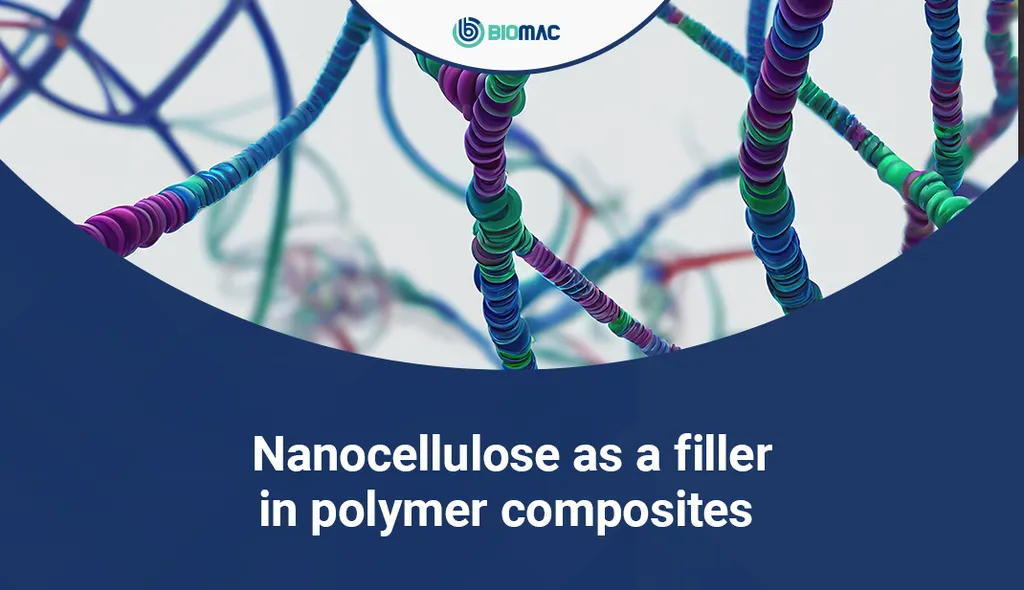In the quest for sustainable materials that can withstand the test of time while also breaking down when needed, a team of researchers led by Kean Chong Lim from the Faculty of Chemical Engineering & Technology at University Malaysia Perlis (UniMAP) has made significant strides. Their recent study, published in the journal *Materials Research Express* (translated to English as “Expressions of Material Research”), explores the potential of nanocellulose additives to enhance the performance and biodegradability of polymer blends, offering promising implications for the energy sector and beyond.
The research focuses on poly(3-hydroxybutyrate-co-3-hydroxyvalerate) (PHBV), a type of polyhydroxyalkanoate (PHA), blended with natural rubber (NR). These materials are already known for their biodegradability, but their thermal stability and degradation rates can vary. By incorporating nanocellulose crystals (NCC) and nanocellulose fibers (NCF) into these blends, the team aimed to strike a balance between durability and biodegradability.
“Our goal was to understand how nanocellulose additives could influence the thermal ageing resistance and biodegradation behavior of PHBV/NR blends,” explained Lim. The team prepared nanocomposites containing varying concentrations of NCC or NCF, ranging from 0 to 5 weight percent, and subjected them to thermal ageing and soil burial tests.
The results were enlightening. Both NCC and NCF enhanced the mechanical properties of the blends before ageing, with NCC providing a slight edge. However, when it came to biodegradability, NCF showed more pronounced effects at lower concentrations. “The fibrous morphology and network formation of NCF significantly increased the hydrophilicity of the blends, which in turn improved their biodegradability,” noted Lim.
After 42 days of soil burial, the PHBV/NR blend with 3% NCF exhibited the highest overall weight loss of 27.0%, indicating its superior biodegradability. This finding suggests that nanocellulose additives can be tailored to achieve specific degradation profiles, making them highly versatile for various applications.
The commercial implications of this research are substantial, particularly for the energy sector. As the demand for sustainable and eco-friendly materials grows, the development of biodegradable polymer nanocomposites with controlled degradation rates becomes increasingly important. These materials could find applications in areas such as biodegradable packaging, agricultural films, and even medical implants, where controlled degradation is crucial.
Moreover, the enhanced thermal stability offered by nanocellulose additives could extend the lifespan of these materials in harsh environments, making them suitable for use in energy-related applications. For instance, they could be used in the development of biodegradable components for renewable energy systems, reducing the environmental impact of these technologies.
The study also highlights the potential for further research in this area. As Lim pointed out, “Understanding the underlying mechanisms of how nanocellulose interacts with different polymer blends can open up new avenues for designing materials with tailored properties.” This could lead to the development of a new generation of sustainable materials that are not only environmentally friendly but also highly functional and durable.
In conclusion, the research conducted by Kean Chong Lim and his team represents a significant step forward in the field of sustainable materials. By demonstrating the potential of nanocellulose additives to enhance the performance and biodegradability of polymer blends, they have paved the way for the development of innovative materials that can meet the growing demand for sustainability in various industries, including the energy sector. As the world continues to seek solutions to environmental challenges, this research offers a glimpse into a future where materials are not only functional but also eco-friendly.

